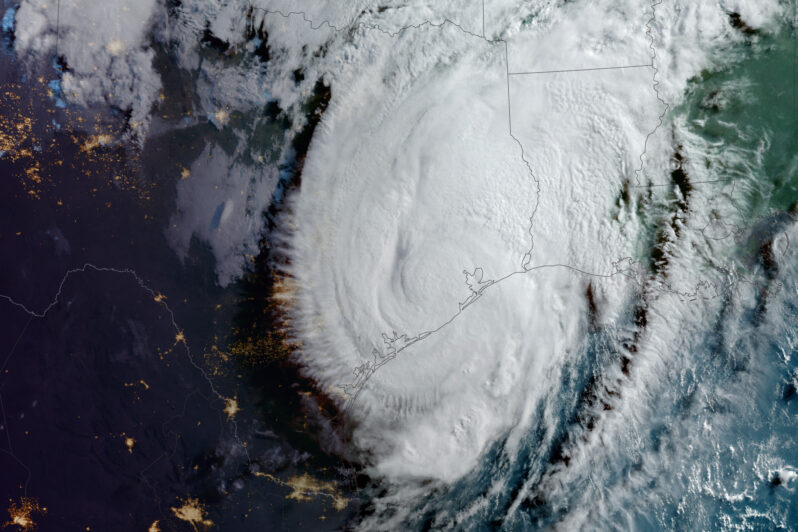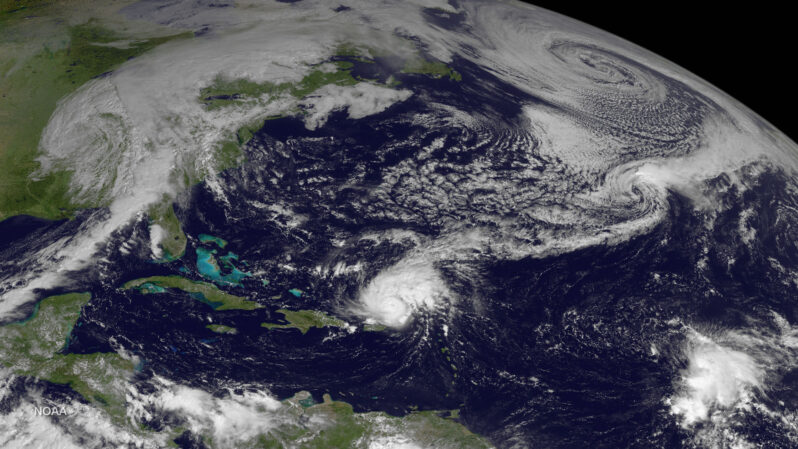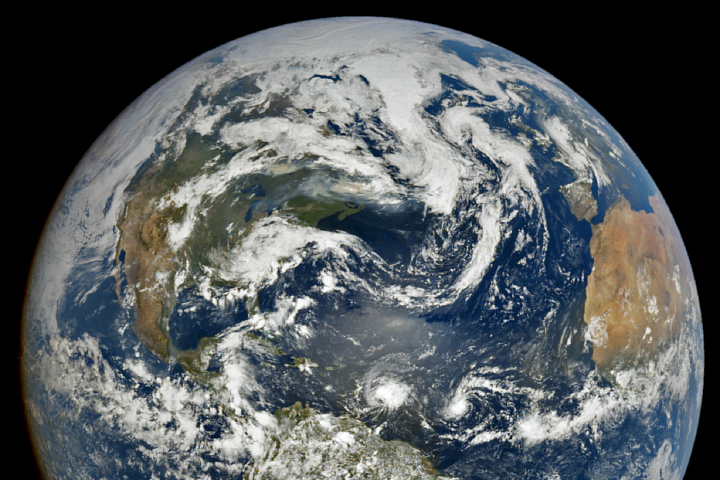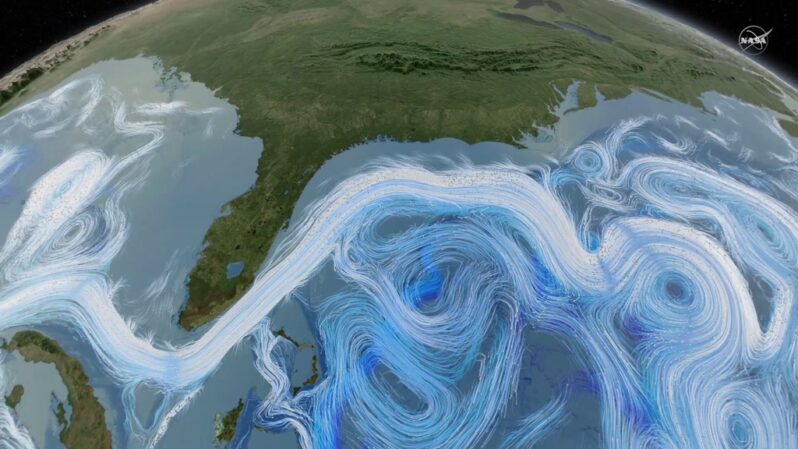Photos: Beryl makes landfall on Texas coast as Category 1 storm – the Washington Post

Hurricane Beryl headed to Texas after hitting Mexico and leaving a trail of destruction across the eastern Caribbean…
Washed Away – AARP

As more older Americans move to the coasts, rising seas are wiping out their homes — and retirement dreams…
How this summer’s brutal hurricanes might one day save lives – Grist Magazine

Cyclones aren’t just made of wind and rain — they’re full of data. That’ll help researchers improve the forecasts that determine whom to evacuate…
Emerging La Niña could play major role in this year’s hurricane season – the San Francisco Chronicle

On Thursday, the National Oceanic Atmospheric Administration released its 2024 hurricane season outlook. The agency predicts an active season in the Atlantic hurricane region, with its most aggressive May forecast on record. The Atlantic hurricane region includes the north Atlantic Ocean, Caribbean Sea and Gulf of Mexico….
The surprising reasons thunderstorms are more destructive than ever – the Washington Post

There were a record-setting 28 billion-dollar disasters last year, causing $94 billion in damage. Thunderstorm events accounted for 19 of those disasters, and more than half of the costs. A decade earlier, seven thunderstorm events topped $1 billion in damage…
Brutal heat swells across Texas as many remain without power in Houston – the Washington Post

Heat-related illness is a growing danger for those without air-conditioning after last Thursday’s violent storms. South Texas will also see extreme heat….
A streak of record global heat nears one-year mark – the Washington Post

Hurricanes are more frequently escalating quickly, and the places they destroy may be those disadvantaged by racist housing policy…
Hurricanes are intensifying more rapidly – and the most vulnerable communities are hit hardest – the Guardian

Hurricanes are more frequently escalating quickly, and the places they destroy may be those disadvantaged by racist housing policy…
Scientists warn that a crucial ocean current could collapse, altering global weather – the Los Angeles Times

Scientists warn that a crucial ocean current could collapse, altering global weather…The Atlantic Meridional Overturning Circulation, or AMOC, is a system of ocean currents that circulate water in the Atlantic Ocean like a conveyor belt, helping to redistribute heat and regulate global and regional climates. New research, however, warns that the AMOC is weakening under a warming climate, and could potentially suffer a dangerous and abrupt collapse with worldwide consequences…
